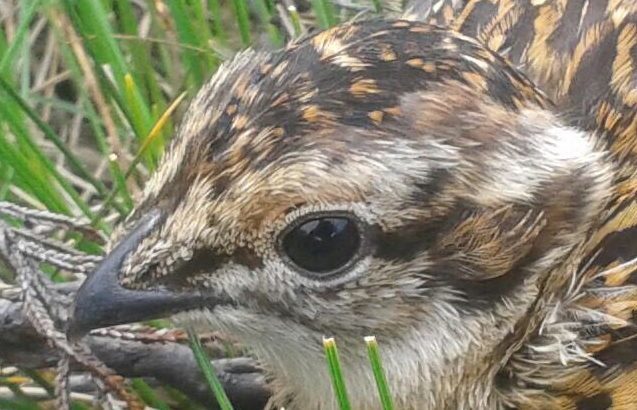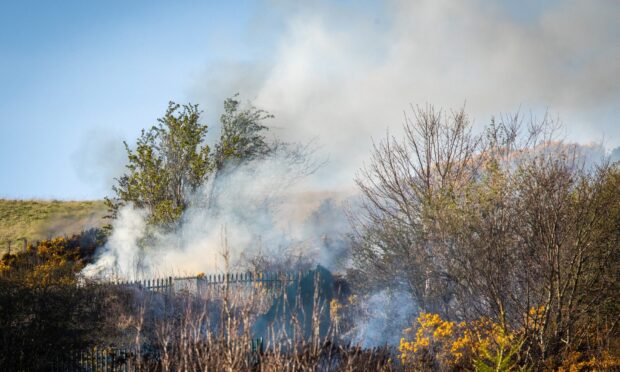Gamekeepers and grouse moor managers are backing an Angus campaigner’s drive for a change in health policy to help fight tick-borne infections and limit the spread of Lyme disease.
Lorraine Murray from Montrose founded the Tick-Borne Illness Campaign Scotland to press for better treatment for Lyme disease and related infections after the former army physical training instructor contracted the disease when she was bitten by a tick while walking her dog in 2014.
The plight of sufferers has been back in the headlines after former England rugby international Matt Dawson revealed he had to undergo heart surgery as a result of the condition.
Next month the Scottish Parliament’s petitions committee will consider the call for better testing and treatment for Lyme disease and associated tick-borne infection by ensuring that medical professionals in Scotland are fully equipped to deal with them.
The petition also recommends a public awareness campaign.
The most common blood-sucking tick in the UK is the sheep tick which can spread the louping-ill virus (LIV) and cause up to 80% mortality in red grouse chicks.
The same species of infected tick can also transmit Lyme disease (Borrelia) to humans, dogs and horses.
Ms Murray, who earlier this year travelled to the US in her costly fight to regain health after being left virtually bedbound for 18 months by the debilitating condition, said: “I just thought how on earth could this happen?
“How was it that I went from super active to seriously ill within months?
“I spent most of the day in my bed, just myself and all my symptoms. It was a scary and lonely place. I would get up and get the kids out the door and go back to my bed.”
Careful management of deer and hare numbers on Scottish grouse moors is being seen as an important strand in the control of tick numbers and the spread of disease.
Recent research undertaken by the University of Glasgow, in collaboration with Scottish Natural Heritage, the James Hutton Institute and Public Health England, found that if deer populations are managed alongside woodland regeneration projects, tick populations and the risk of Lyme disease can be reduced.
Carrieanne Conaghan, co-ordinator of the Speyside Moorland Group, said: “It is important to carry out tick control — which includes sheep dipping and bracken spraying — as part of our wider moorland management practice.
“This not only benefits the grouse but additional bird species and reduces risk to members of the public enjoying the countryside.
“Moorland groups around Scotland fully support this petition as anyone who contracts Lyme disease can be severely affected.”












